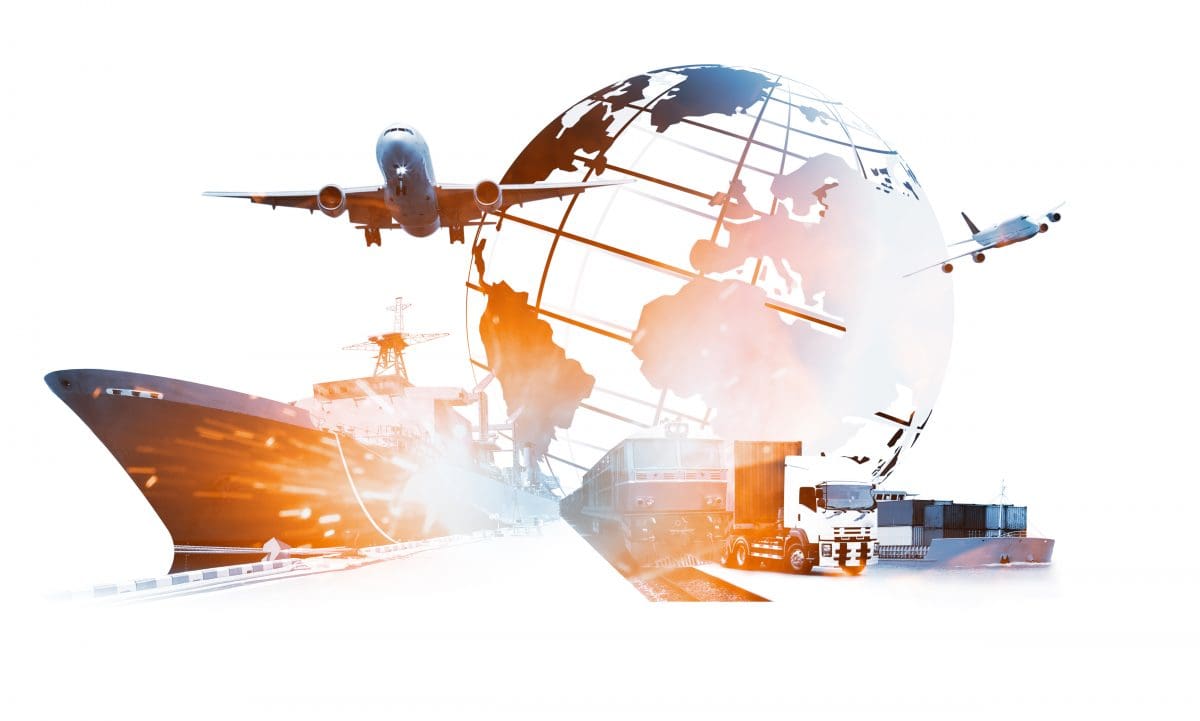
Supply Chain vs Logistics: The supply chain is vital to global commerce, while logistics involving moving, sending, storing, and receiving goods is the center of that success.
The terms supply chain and logistics have become interconnected and are often used interchangeably, but they differ in their capabilities, output, input, and functionality.
What is Supply Chain?
Supply chain refers to activities and business networks that create finished products from raw materials and supply them to consumers. It relies more on logistics, information technology, and transportation.
Several businesses with various supply chain links are also involved in overseeing most logistics and supply chain products. Supply chain processes are vertical systems that connect businesses’ value chains within the system. It often consists of manufacturers, distributors, wholesalers, and retailers.
What are Logistics?
Logistics involves planning and executing goods movement and storage at different supply chain points. It coordinates people, resources, facilities, and equipment to ensure products are transported when necessary, and there is enough space for them in the following location.
Other processes, including demand planning, inventory management, transportation, order fulfillment, and material handling, also fall under logistics.
With excellent knowledge of supply chain and logistics, we will now break down and learn about their key differences.
Key Differences of Supply Chain vs Logistics
The quickest distinction that comes to mind when thinking of the two is that the supply chain involves sourcing, handling, and delivering products. At the same time, logistics focus entirely on storing and moving goods within different supply chain companies.
Here are other differences between supply chain and logistics.
Supply Chain Involves Multiple Companies
The supply chain brings multiple organizations together to manufacture, source, store, transport, and supply goods.
The Supply Chain is the Sourcing, Manufacturing, and Supplying Overarching
Framework. The supply chain represents the collaborations and connections between manufacturers, suppliers, retailers, logistic businesses, and customers.
The supply chain process begins when a company or customer orders a product and ends when the product or service is delivered to the customer successfully.
Logistics is a Supply Chain Subsection
According to the council of supply chain management experts, logistics is a subsection in the supply chain that plans and controls. It also implements practical storage of goods and other helpful information involving the consumption point and origin to meet customers’ demands.
Logistics Controls, Plans, and Implements
As logistics is part of the supply chain, its providers will plan how to move products from one destination, give the correct information and documentation for effective processing and reporting and adequately storing goods.
Logistics providers will also control the movement of goods through shipment tracking, fleet management, and sharing of information and technology.
They will also implement storage and movement of goods using different types of transport and arrange for long-term or short-term storage.
How do Supply Chain and Logistics Work on Deliveries?
Supply chain and logistics are integral parts of end-to-end deliveries. In other words, deliveries incorporate logistics and supply chain together as one can’t do with the other.
While the supply chain involves the planning, sourcing, and delivering products to end consumers, logistics consists of purchasing raw materials, packaging, transporting, and shipping products to distributors.
All these processes are vital in deliveries, and if you need help finding the right logistic company, Elite EXTRA is here to help you with your last mile logistics needs.
Sources:
https://www.cloudflare.com/learning/network-layer/what-is-routing/
https://www.monitorerp.com/asia/news/blog/the-importance-of-on-time-delivery-and-how-to-achieve-it/







